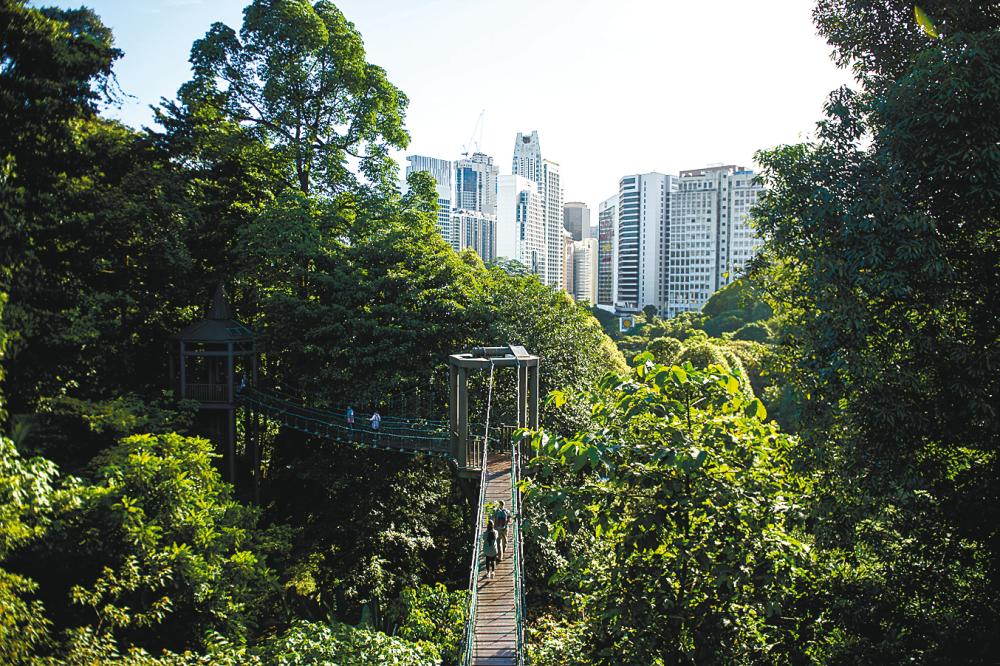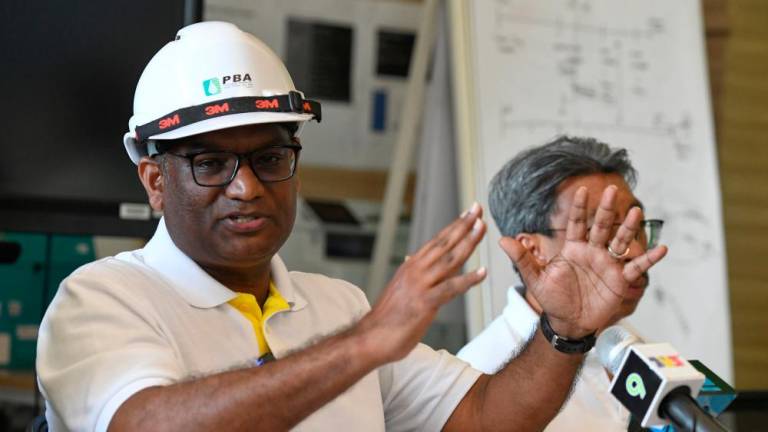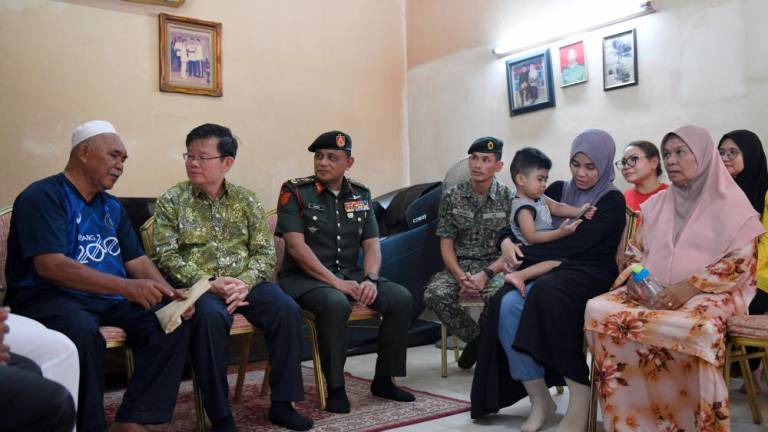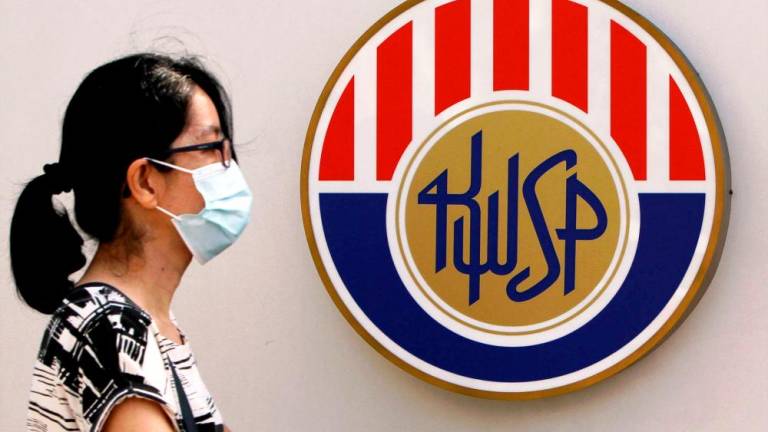THE government’s initiative to plant 100 million trees in the next five years is laudable. Recent studies show that large-scale forest restoration is perhaps the single most effective way to combat climate change, while it also helps alleviate soil erosion and floods.
But realising the benefits of restoration requires having the right trees for the right place, and that is easier said than done. As restoration targets grow in ambition, natural seed sources continue to diminish due to deforestation and forest degradation. In Malaysia, restoring many native trees such as the majestic Meranti species is challenging because they only flower and bear seed every four to five years and the seed cannot be stored for long.
Yet, the time required for obtaining enough good quality seed of the desired species is often not accounted for when planning restoration projects. Not just any seed will do: fragmented forests and isolated trees produce inbred seed that germinates poorly and slow-growing seedlings that are vulnerable to pests, diseases and adverse weather events. And even if the seedlings were healthy, they are not likely to thrive if they come from different environmental conditions than those on the planting site.
Too often, suitable planting material either does not exist, information about its quality and origin is not available, or restoration practitioners do not know how to use the information to select the right trees for their projects. As a result, almost half of restoration projects worldwide report facing delays, overshooting their costs, or planting fewer species than planned because of difficulties in obtaining suitable seed and seedlings. More land could be successfully restored more quickly, and money saved in the process, if better seed and seedlings were available for restoration practitioners.
Producing, planting and caring for 100 million trees is an investment of hundreds of millions of ringgit and has the potential to generate thousands of jobs, including in rural areas where most of the natural seed sources remain and land for planting is available. It is not trivial how these trees are selected and produced and by whom. Central and local government units, private sector, civil society, community organisations and academia can all have a role to play in the process, from identifying contextually relevant restoration objectives and species, strengthening seed production and selection capacities, introducing quality criteria, jointly designing incentives and funding mechanisms, and researching species and genetic diversity to optimise seed selection under changing environment. These issues demand urgent attention if the national tree planting programme is to succeed: in the end, what counts is not how many trees were planted but how many survive and thrive.
Riina Jalonen
Scientist
Bioversity International











